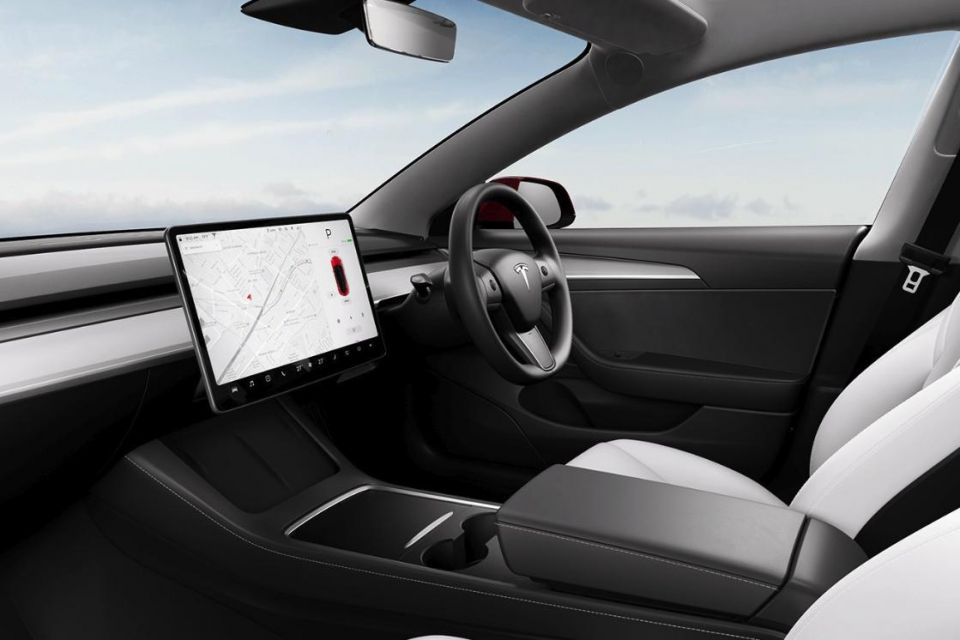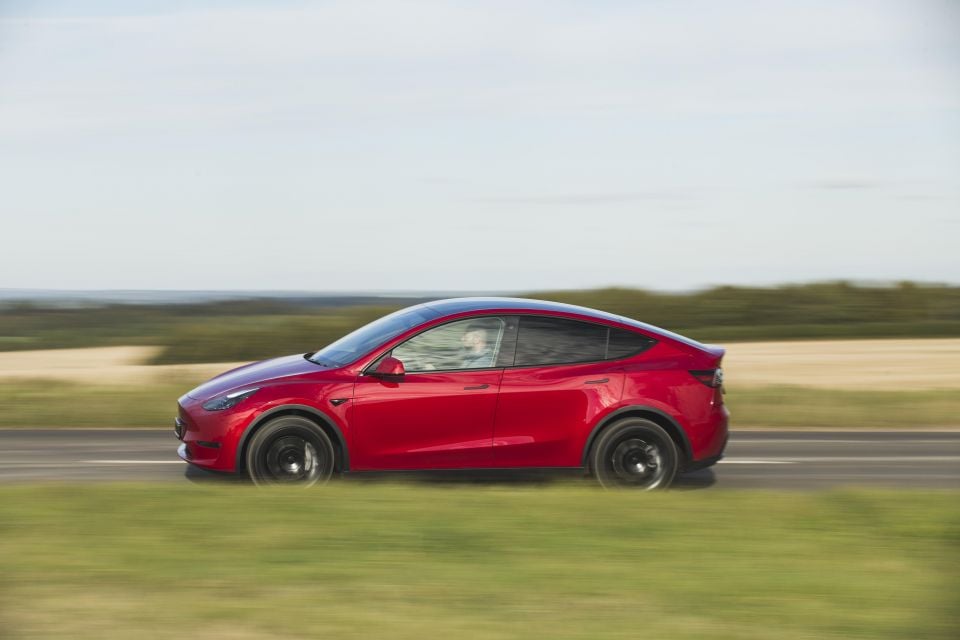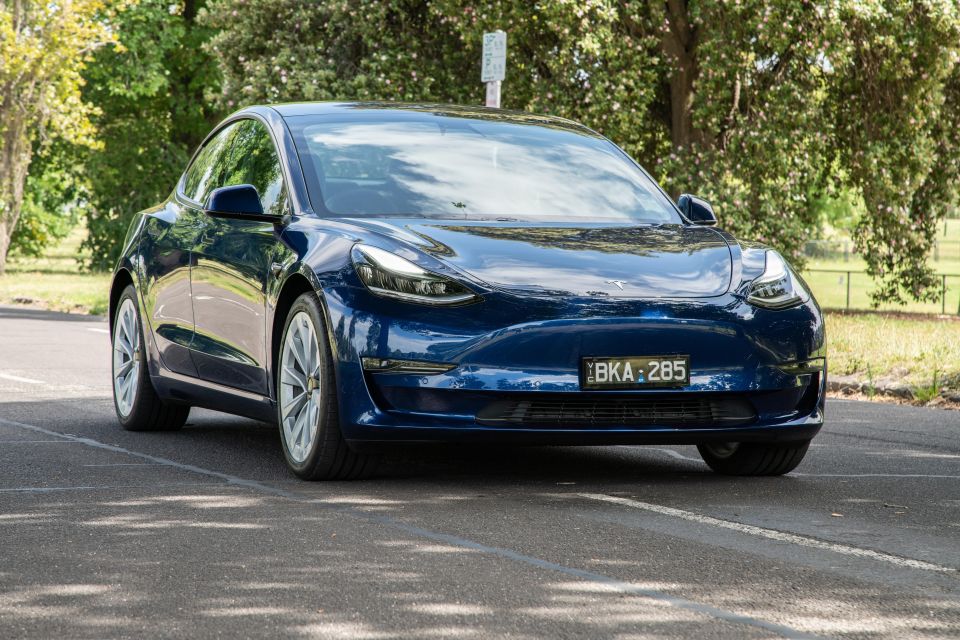

Matt Campbell
2025 Porsche 911 Carrera T review
6 Days Ago

News Editor
Tesla is the latest company to remove features due to semiconductor shortages.
CNBC reports the company has removed one of the two electronic control units used in the steering racks of Chinese-made Model 3 and Model Y vehicles, which will prevent more sophisticated autonomous driving technology from being deployed over the air.
The news outlet spoke to two employees and says it’s seen internal correspondence advising of the change, which has already reportedly affected tens of thousands of vehicles shipped to markets including Australia.
All Model 3s sold in Australia are sourced from China, and the Model Y is set to follow suit.

The second control unit for the electric power-assisted steering is used mainly as a backup, and sources tell CNBC there are no safety issues.
The removal also reportedly won’t affect the operation of Autopilot or Full Self-Driving (FSD).
However, the control unit’s presence in Tesla models is to support the eventual rollout of Level 3 autonomous driving technology.
With the control unit gone, Tesla owners would reportedly have to have it retrofitted at a service visit to receive this technology update. This might also be required if there’s a more sophisticated update to FSD.
MORE: How autonomous is my car? Levels of self-driving explained

In a recent earnings call, Tesla CEO Elon Musk said he wants to roll out this more advanced technology over the air. Its Autopilot and Full Self-Driving systems are Level 2 features.
“My personal guess is that we’ll achieve Full Self-Driving this year at a safety level significantly greater than a person,” said Musk in January.
“So the cars in the fleet essentially becoming self-driving via software update, I think, might end up being the biggest increase in asset value of any asset class in history. We shall see.”
The two sources told CNBC there was an internal discussion about whether to notify customers of the deletion of the control unit, but this wasn’t done.

The company reportedly spent a few weeks discussing the move before going ahead with it, and was confident there’d be no issues as earlier Tesla models featured power steering systems with only one control unit.
“Going from a dual chip to a single chip variant in a vehicle can make a system simpler and make it better in some cases. But they’d really need to do a lot of validation,” IHS Markit senior principal analyst Phil Amsrud told CNBC.
For significant changes, many automakers would spend 1000 hours or more on testing, which can take upwards of four months.
This isn’t the first time Tesla has removed a feature due to a lack of chips.

Last year, Tesla removed lumbar support from Model 3 and Model Y vehicles due to the chip shortage. Musk had said during an earnings call in January 2021 his company was having difficulty sourcing chips for this feature.
Musk has griped publicly about the chip shortage, calling 2021 “a supply chain nightmare”.
Other companies have removed features due to chip shortages, including Peugeot dropping side airbags from its Expert van, and BMW Australia removing touchscreen functionality for some of its models.
Tesla has delayed the launch of its much-anticipated Cybertruck and Roadster models, blaming supply chain issues.
It’s subsequently said launching these models would reduce Tesla’s overall production, which would come at an inauspicious time given the high level of demand for vehicles like the Model 3 and Model Y.
MORE: Everything Tesla Model 3 • Model Y
Where expert car reviews meet expert car buying – CarExpert gives you trusted advice, personalised service and real savings on your next new car.
William Stopford is an automotive journalist based in Brisbane, Australia. William is a Business/Journalism graduate from the Queensland University of Technology who loves to travel, briefly lived in the US, and has a particular interest in the American car industry.


Matt Campbell
6 Days Ago


James Wong
5 Days Ago


Max Davies
3 Days Ago


Josh Nevett
3 Days Ago


Josh Nevett
2 Days Ago


Paul Maric
23 Hours Ago